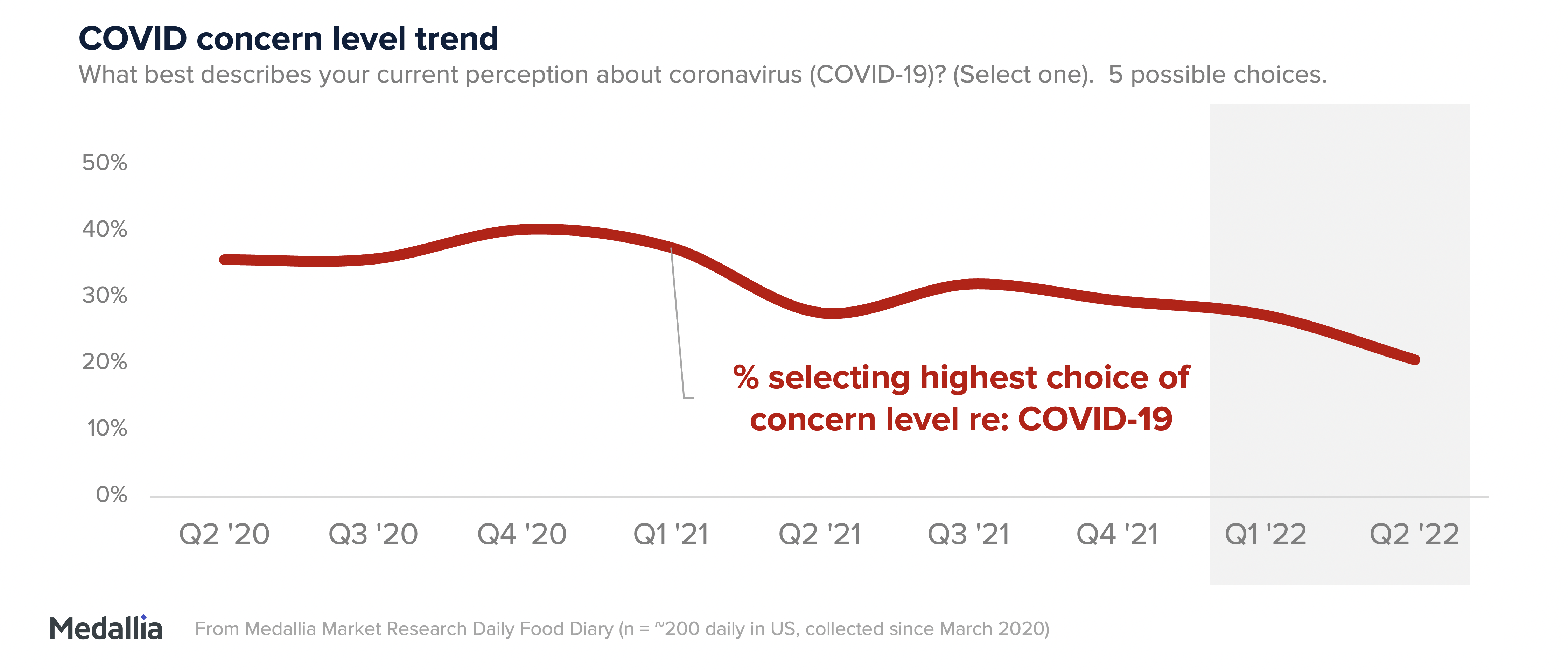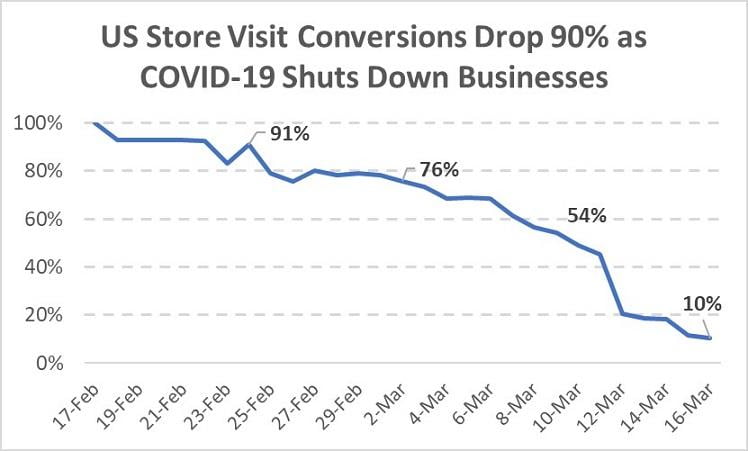COVID-19 reshaped business with remote work, e-commerce growth, supply chain disruptions, digital transformation, and increased focus on health and safety. These shifts have fundamentally altered operational models and consumer behaviors.
The pandemic has been a catalyst for remarkable change across the business landscape. Companies around the world had to quickly adapt, leading to the acceleration of remote work as a new norm. This enforced physical distancing, in turn, propelled the e-commerce sector to new heights as consumers shifted to online platforms for their purchasing needs.
Businesses scrambled to address supply chain challenges, sparking innovative solutions and partnerships. The necessity of maintaining operations remotely also fast-tracked digital transformations, with an emphasis on cloud technologies and cybersecurity. Finally, organizations have heightened their commitment to health and safety, embedding these priorities into their corporate culture and customer experiences. As businesses continue to navigate the post-pandemic world, these trends are shaping a new future of work and commerce.

Credit: www.npd.com
Rise Of Remote Work
The COVID-19 pandemic has radically transformed the workplace with the rise of remote work. Businesses have quickly adapted, shifting to telecommuting to ensure continuity and safety. Remote work is not a temporary change; it’s a sustained movement that will continue to evolve. Virtual teams have become the new norm, with team members often spread across different locations.
Managing virtual teams requires effective tools that support communication, collaboration, and project management. Companies have turned to software such as Slack for messaging, Zoom for video conferencing, and Trello or Asana for task organization. These tools help maintain productivity and keep team members connected, despite the lack of a physical office space.
E-commerce Explosion
The Covid-19 pandemic has supercharged e-commerce growth. Many people are shopping online more than ever. They buy from groceries to gadgets without leaving home. This increase in online buying is not slowing down.
Traditional stores face big challenges. Some stores had to close their doors. Others are changing how they do business. Now, they sell online too. This helps them stay open and meet customer needs.
| Impact Area | Effect on E-Commerce | Effect on Physical Stores |
|---|---|---|
| Consumer Behavior | Higher online shopping. | Less foot traffic. |
| Business Operations | Increased online services. | Shift to digital presence. |
Digital Transformation Acceleration
COVID-19 has spurred businesses to rapidly embrace technology. Investing in digital tools and platforms became essential to survive. Companies shifted their operations online, adopting cloud services and remote work software. This movement wasn’t just for temporary fixes. It marked a permanent change towards a more flexible and tech-driven business environment.
Changing business models emerged as a necessity. Traditional brick-and-mortar stores evolved into e-commerce hubs. Restaurants turned to online ordering and delivery platforms. Services like telehealth became common. These adaptations showcase a shift to meet customer needs through digital means. Businesses that integrate technology can stay relevant and competitive.
Focus On Health And Wellness
Businesses are quickly adapting to the new normal. Safety and health are now top priorities. Employee well-being is crucial for company success.
Companies have introduced new workplace safety measures. These include regular cleaning and social distancing rules. Masks and hand sanitizers are now common.
- Remote working has grown a lot.
- Mental health support is more available.
- There is more focus on work-life balance.
Employee initiatives promote a healthy lifestyle. This includes exercise programs and healthy eating options at work.
Supply Chain Disruption And Innovation
The COVID-19 pandemic has greatly impacted global supply chains. Many companies faced delays and higher costs. Lockdowns and restrictions changed how we move goods.
Businesses now look to adopt new strategies for their supply chains. They want to prevent such big problems in the future. Some use technology to track their goods better. Others keep more stock, so they don’t run out.
There’s a push for local suppliers too. This means shorter trips for products. It helps when faraway places have lockdowns. Finding solutions is key for a strong business.
| Challenge | New Strategy |
|---|---|
| Delays in shipping | Technology for tracking |
| High costs | Keeping more stock |
| Lockdown disruptions | Using local suppliers |

Credit: sloanreview.mit.edu

Credit: www.medallia.com
Conclusion
The COVID-19 pandemic has undeniably reshaped the business landscape, prompting adaptability and innovation. Companies have embraced digitalization, remote work, and e-commerce to survive and thrive. As we navigate this new normal, staying attuned to these shifts is vital for future success.
Embrace change, foster resilience, and keep evolving to ensure your business remains at the forefront of this transformation.











